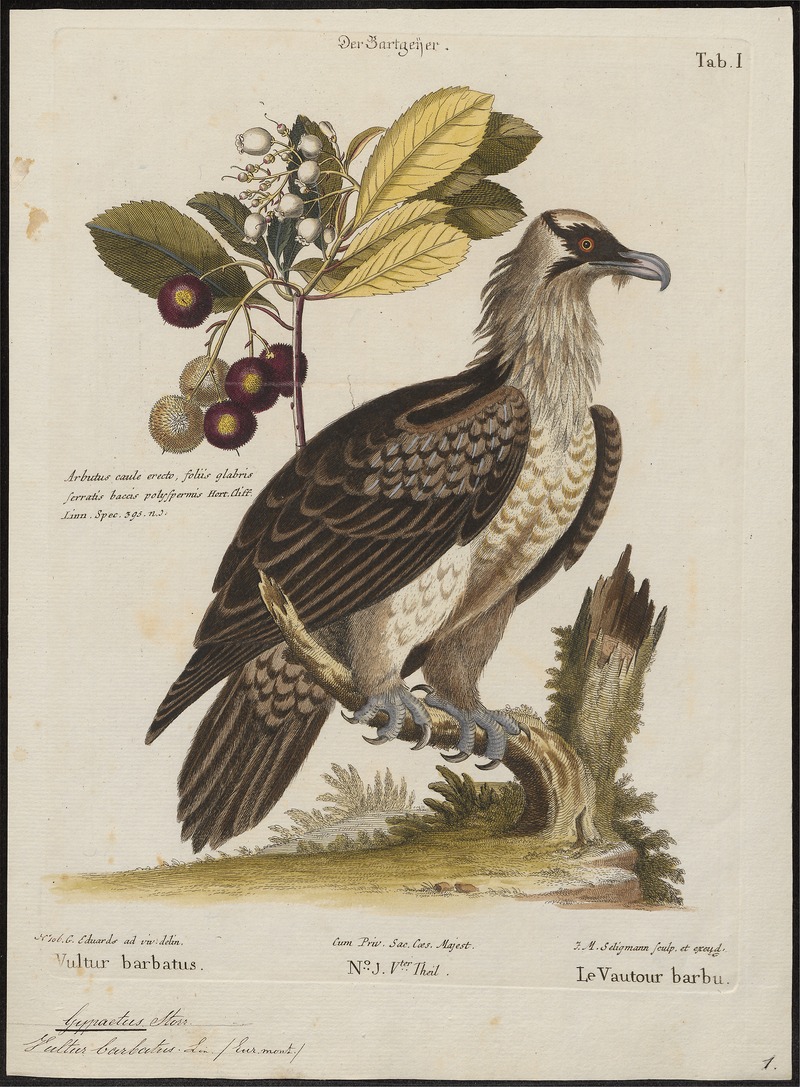|
| Query: Birds of europe | Result: 1238th of 1706 | |
bearded vulture, lammergeier (Gypaetus barbatus)
| Subject: | bearded vulture, lammergeier (Gypaetus barbatus)
| | Poster: | Wiki Photos (---@---.---)
| |

| Resolution: 2907x3951
File Size: 4409798 Bytes
Upload Date: 2017:03:30 16:27:38
|
|
|